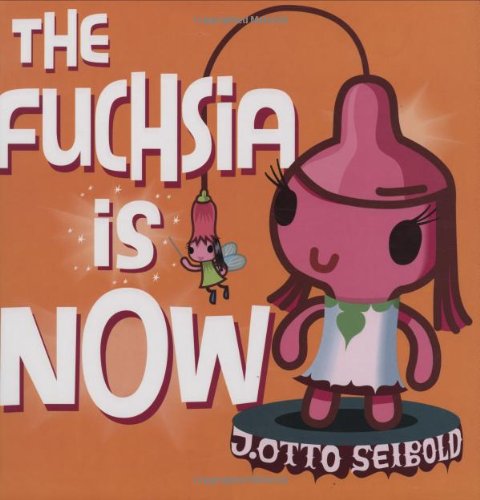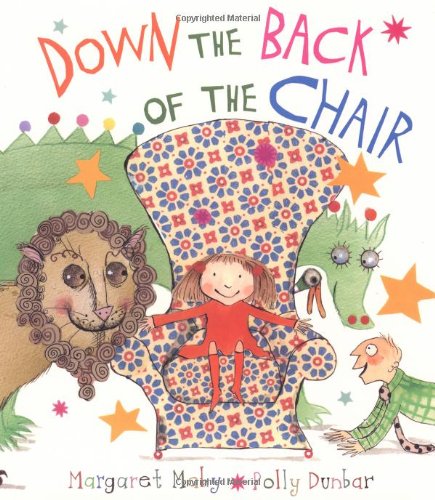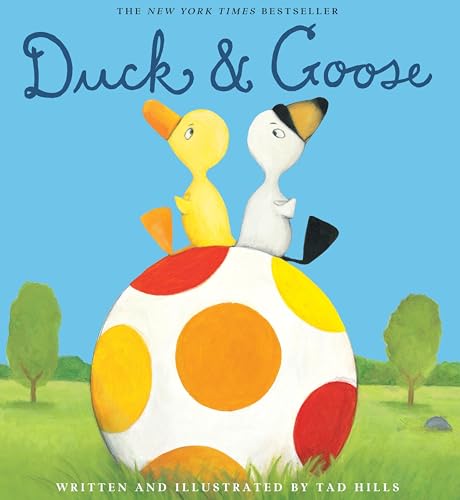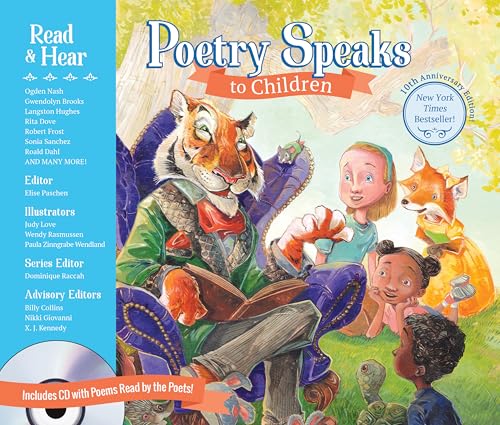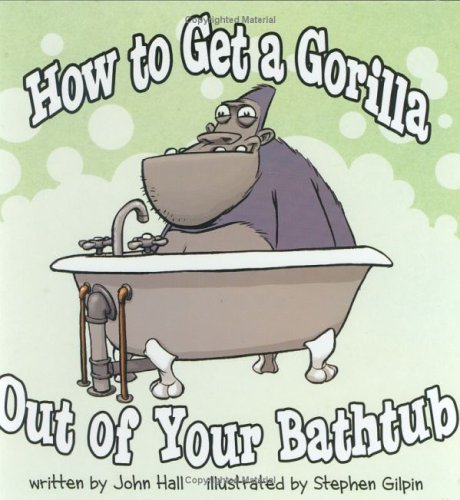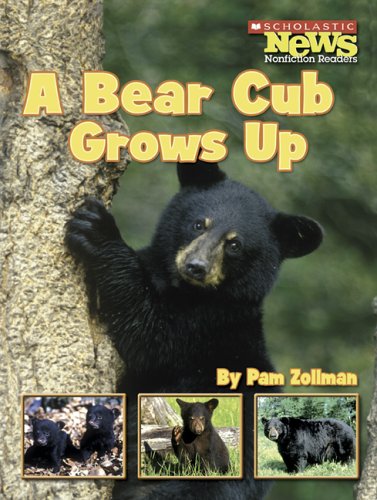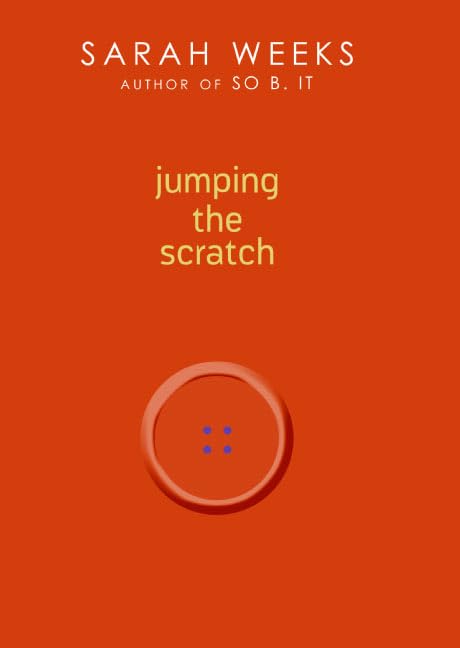Many blogs in the kidlitosphere handle the book news better than I do, so I generally don’t write about it. And I’m okay with that. But, now I’m pissed off. I’ve written comments on three of the blogs covering this issue, and I don’t feel done yet. In fact I don’t even feel close.
So, what is the news that’s got me all worked up? Well, the illustrious
Wall Street Journal reported — and I use that term loosely — that libraries were promoting fluff teen fiction for summer reading instead of the classics. Read it
here, paying particular attention to the fourth paragraph.
How unbiased of the article to pick up the title
If We Kiss to report on, and not mention Mal Peet’s
Keeper or Ann Rinaldi’s
Sarah’s Ground from the same
summer reading list, because that makes it sound like
ALL the suggestions are light teen fiction, rather than noting that
SOME of the suggestions are light, while other books are not. You may also notice the representation of different types of books and a diversity of cultures represented in that list.
Let’s see your classics handle multiculturalism, shall we?
From the
Wall Street Journal article about the lighter selections: “That such books might keep kids reading is a meager defense. If that’s the point, asks Mary Burgess, a professor of English at the University of Notre Dame, ‘Why not have them read cereal boxes?’”
Now, on the back of
some cereal boxes, the kids can find a great way to make a layered art piece using just a glass jar and
Froot Loops. Quality stuff out there. And keeping kids reading is kind of the... umm...
point. And summer reading maybe could be... umm...
fun. And maybe libraries might have kind of... umm...
thought of this and made the best decision based on years of experience working as children’s and teens’ librarians, as opposed to as the professor of English at the University of Notre Dame. When the
Wall Street Journal wants a quote on, say, college-level English courses, I hope the paper will consider tapping a children’s librarian for an appropriate response. Darn, except many children’s librarians will have probably
taken college-level English courses, while the professor has probably
not had courses in library science, so that wouldn’t be fair.
Oh, and I’ll bet that many library systems are like mine and pick
NEW books for their summer reading lists, thereby excluding classics pretty much by definition. Our library system’s goal in summer reading is to present a variety of books that the kids may not know about yet. While there are many sources to list the classics and parents and teachers will
know many classics, there are many newer books that the parents and teachers might not know. And, yes, some are lighter reading. But some are not. The point being that the kids can choose what appeals to them. To. Make. Reading. Fun.
Thanks to
Shannon Hale’s site for finding the article, and to
Bookshelves of Doom and
Jen Robinson’s Book Page for bringing it to my attention. Unfortunately, it’s too late to add responses to the
Wall Street Journal itself, but you can make your comments known here or at the above blogs. Or you can do as I ended up doing, and comment on
all the blogs and then
still find the need to write about it anyway. Which probably breaks some blogger etiquette rules, and if so, I’m sorry. Stupid
Wall Street Journal.
(
Edited to add: Chasing Ray and
A Chair, a Fireplace and a Tea Cozy also have great posts on the topic. Check them out.)
 Lovely, isn’t it? That’s from The Day the Dinosaurs Died, an I Can Read book from Charlotte Lewis Brown. Nothing I like better for my beginning reader than a little death and destruction. Now, I understand that there are a lot of little boys and some little girls that looove dinosaurs. There are probably even many little boys and some little girls who will be thrilled by the blunt description and pretty graphic pictures of the end of the dinosaurs. But for the others, and for the sensitive me, I think that’s a bit intense. But perhaps it’s the picture of the Triceratops surrounded by flames that really puts it over the top — the Tricera-top. Not violent enough for you? How about a dead Parasaurolophus with its tongue hanging out and these words:
Lovely, isn’t it? That’s from The Day the Dinosaurs Died, an I Can Read book from Charlotte Lewis Brown. Nothing I like better for my beginning reader than a little death and destruction. Now, I understand that there are a lot of little boys and some little girls that looove dinosaurs. There are probably even many little boys and some little girls who will be thrilled by the blunt description and pretty graphic pictures of the end of the dinosaurs. But for the others, and for the sensitive me, I think that’s a bit intense. But perhaps it’s the picture of the Triceratops surrounded by flames that really puts it over the top — the Tricera-top. Not violent enough for you? How about a dead Parasaurolophus with its tongue hanging out and these words:
